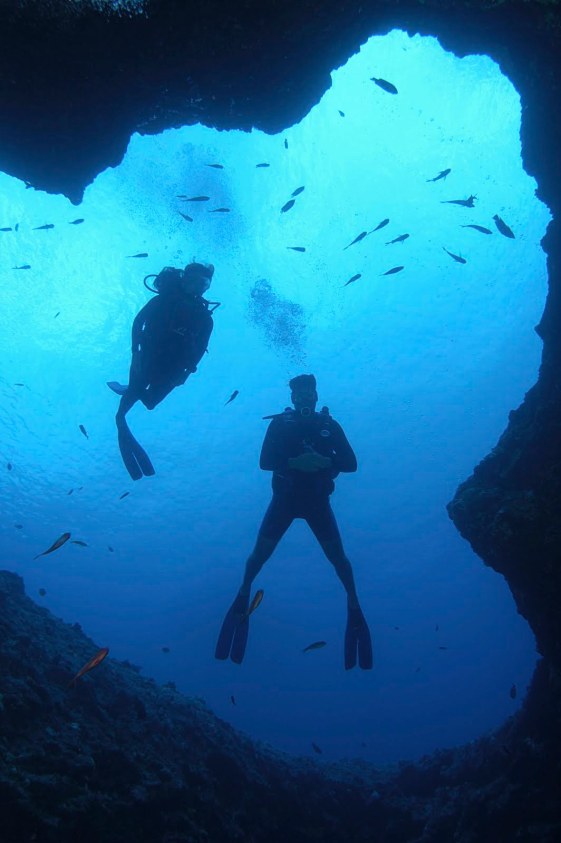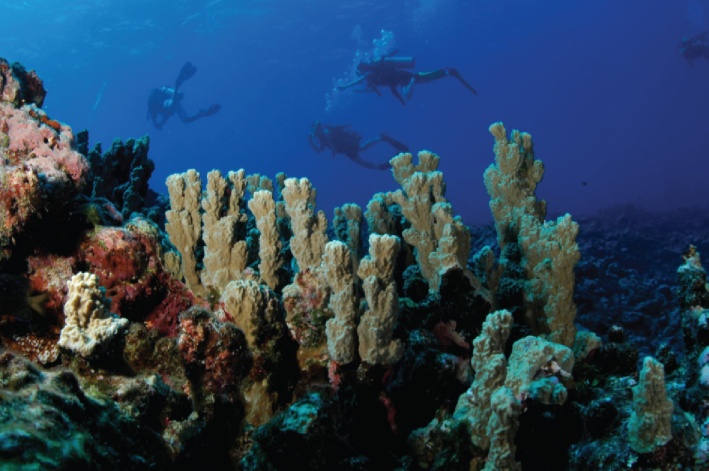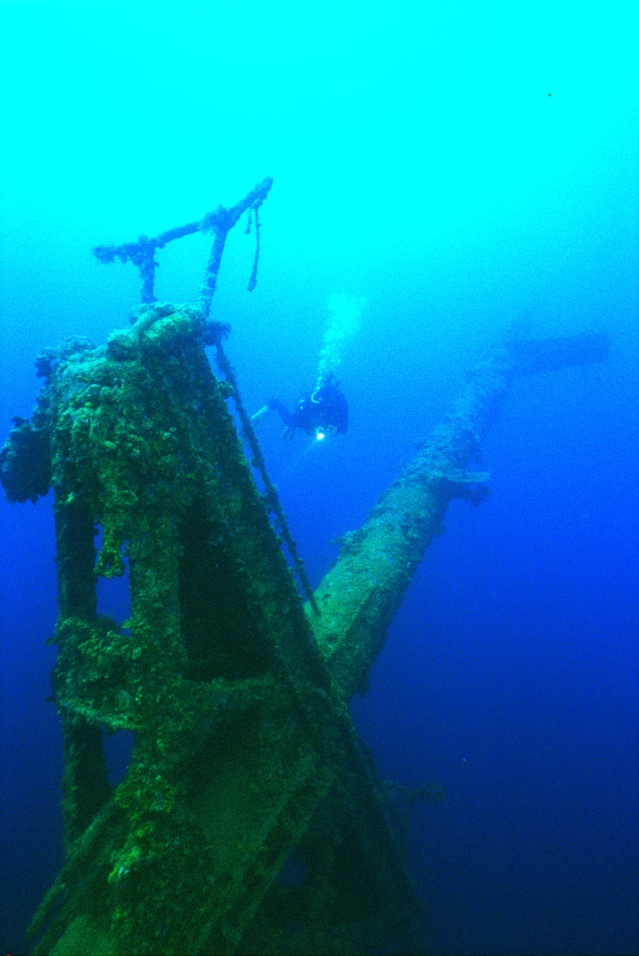Into The Blue: Diving Attractions in Guam
I’ve always wanted to travel to Micronesia.
I think it is one of the regions that are so, so gorgeous, but they get very few attention from the global travel community.
For Filipinos, this region is actually very well-known, but not for travel purposes. For many, going to countries such as Palau, Northern Mariana and Guam is a stepping stone to landing a better job in the mainland US. But I think, that these countries also deserve attention for their landscapes and natural attractions.
They are part of Micronesia so countries belonging to this sub-region of course have very unique topography.

My desire to travel to the region was even heightened as the Guam Visitors Bureau (GVB) in the Philippines released photos of its spectacular dive sites. As part of Guam’s tourism promotion efforts, it is inviting Filipinos to come experience the country’s major dive sites.
I may not be a good swimmer but I am fan of water activities.
Sure, the Philippines also has amazing dive sites like those in Anilao and Palawan but belonging to a unique sub-region as Micronesia, means that the marine biodiversity in Guam is something you have to witness.
One favorite dive site is the Blue Hole, a natural coral shaft with teaming marine life and visibility up to 100 feet (30 meters). Among the marine life you will encounter are the red-tooth triggerfish, titan triggerfish, crocodile needlefish and various butterfly fish. The site is also teeming with larger fishes such as Napoleons, and barracudas.

Barracuda Rock is equally captivating. It features great visibility, as do all of the open ocean sites along Guam’s west coast, and a boulder-strewn ocean floor, sometimes harboring colorful lobsters. Its caves are filled with red squirrelfish, hatchetfish, and big porcupine fish.
Another interesting dive site is the Gab Gab 2 reef, which the Atlantis tourist submarine circles. It is one place where you will most likely see big fish such as giant trevallies, batfish, a nurse shark and a moray eel. If you look closely, especially in the round concrete structures on the reef, you can even find big stonefish.
For diving fanatics, Guam is also a perfect destination for visiting ship wreck. One famous shipwreck is that of German ship from World War I, the SMS Cormoran, which came into contact with a Japanese ship, Tokai Maru, during World War II. The Japanese ship was actually sunk during battle, and damage from the bombing can be seen on the ship. This is the only place in the world where wrecks from both world wars touch beneath the surface.
Equally interesting is the American Tanker, a concrete barge sunk after WWII. There are a few open rooms along the ship deck, as well as the superstructure itself, which can be safely entered by divers without special shipwreck training. You can find an emperor angelfish hanging around the rudder, and there are red snappers, titan triggerfish and assorted fusillears, butterflyfish and parrotfish around the wreck.
To ensure the safety of divers, Guam has two fully staffed recompression chambers run by the U.S. Navy and two hospitals – one military and one private to come to the rescue in case of any untoward incident.
As part of its efforts to bring in tourists to its shores, Guam is maintaining its various dive sites to preserve its natural beauty even as it opens these sites to avid diving enthusiasts.
Diving packages for all ages are also available to cater to a wider market.
It may not be soon, but I will take diving lessons so I can prepare for the time when I can explore Guam’s underwater treasures.


















0 comments:
Post a Comment